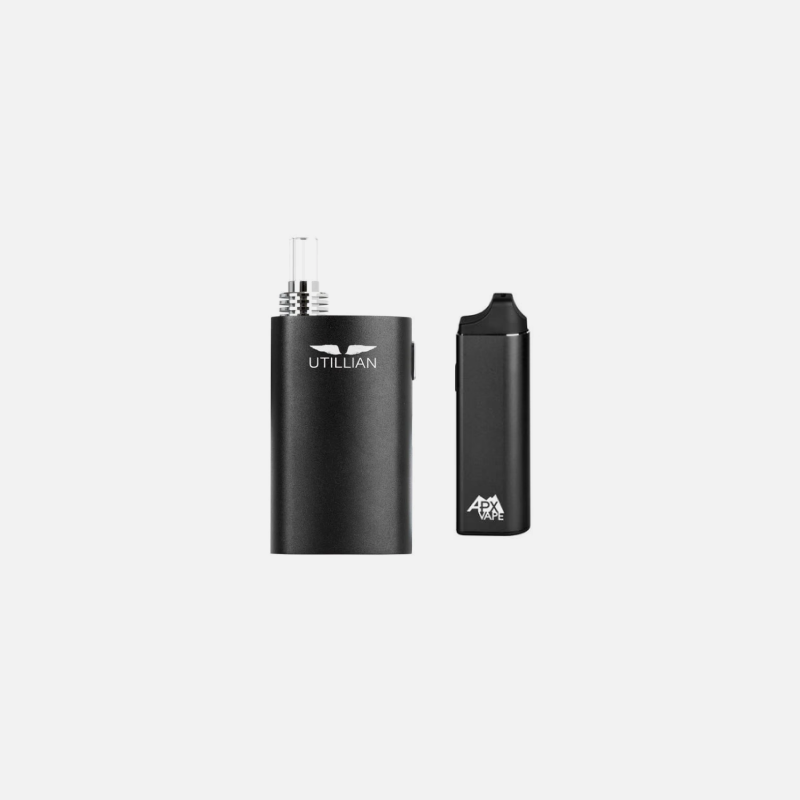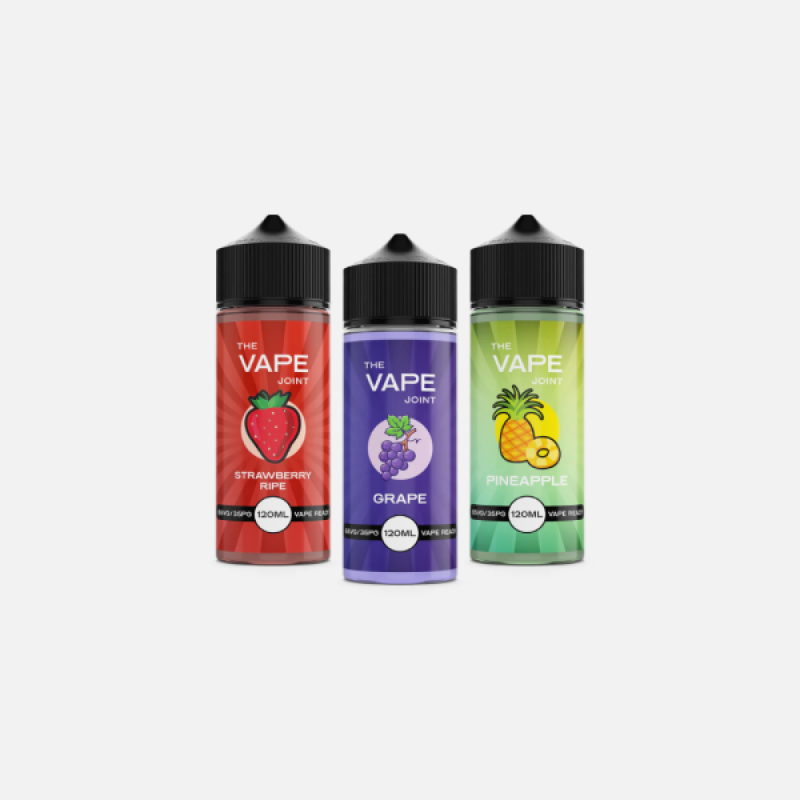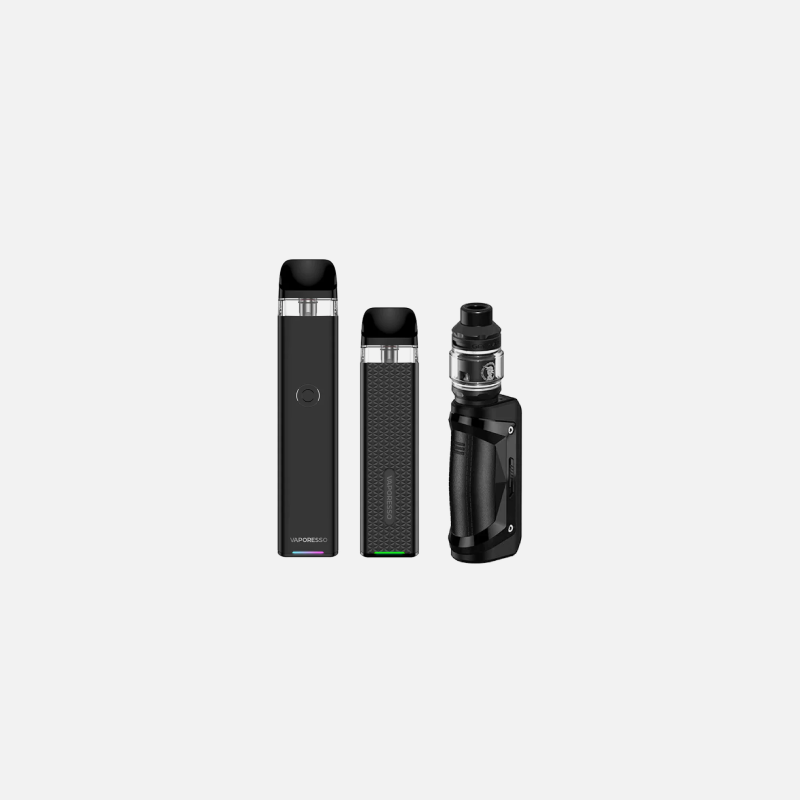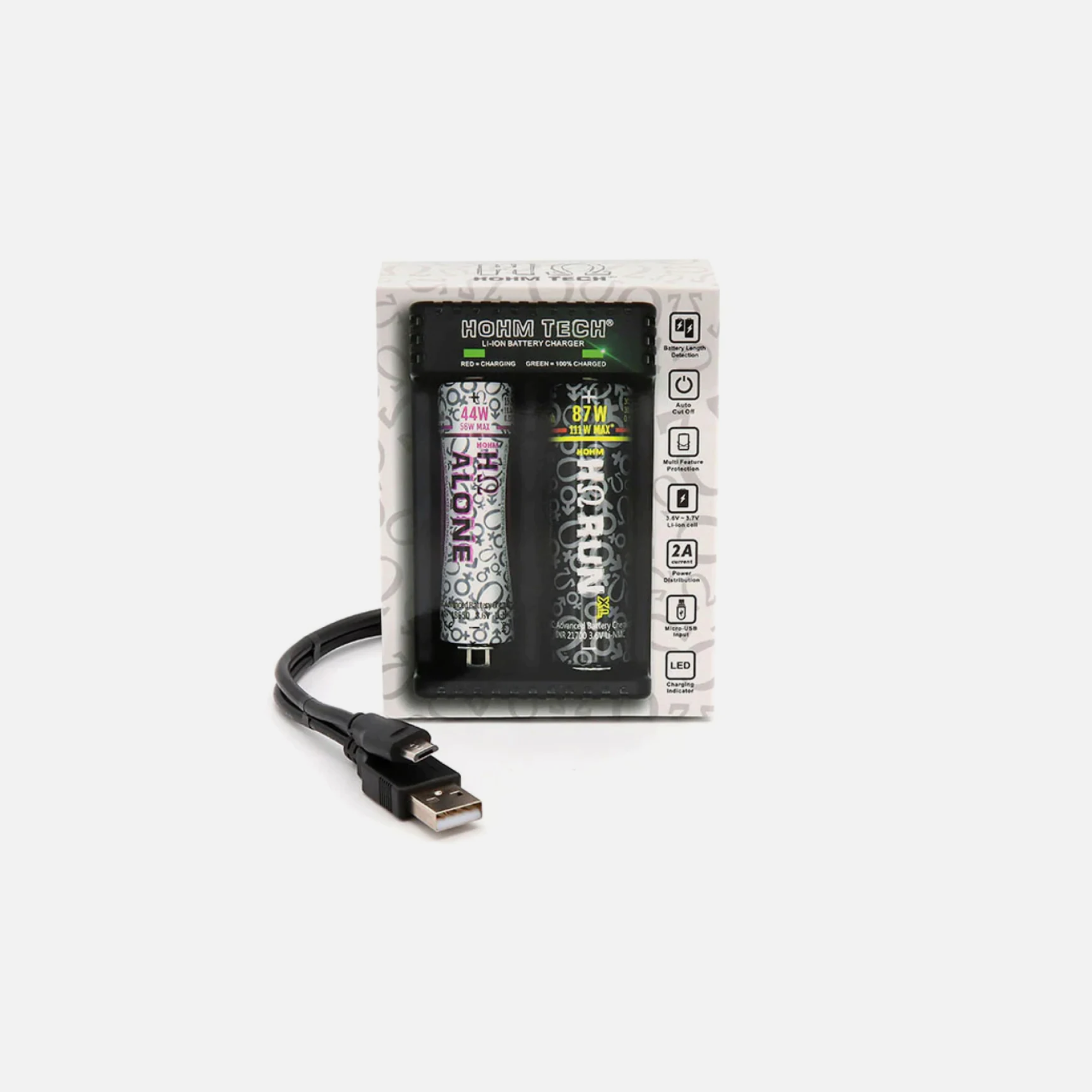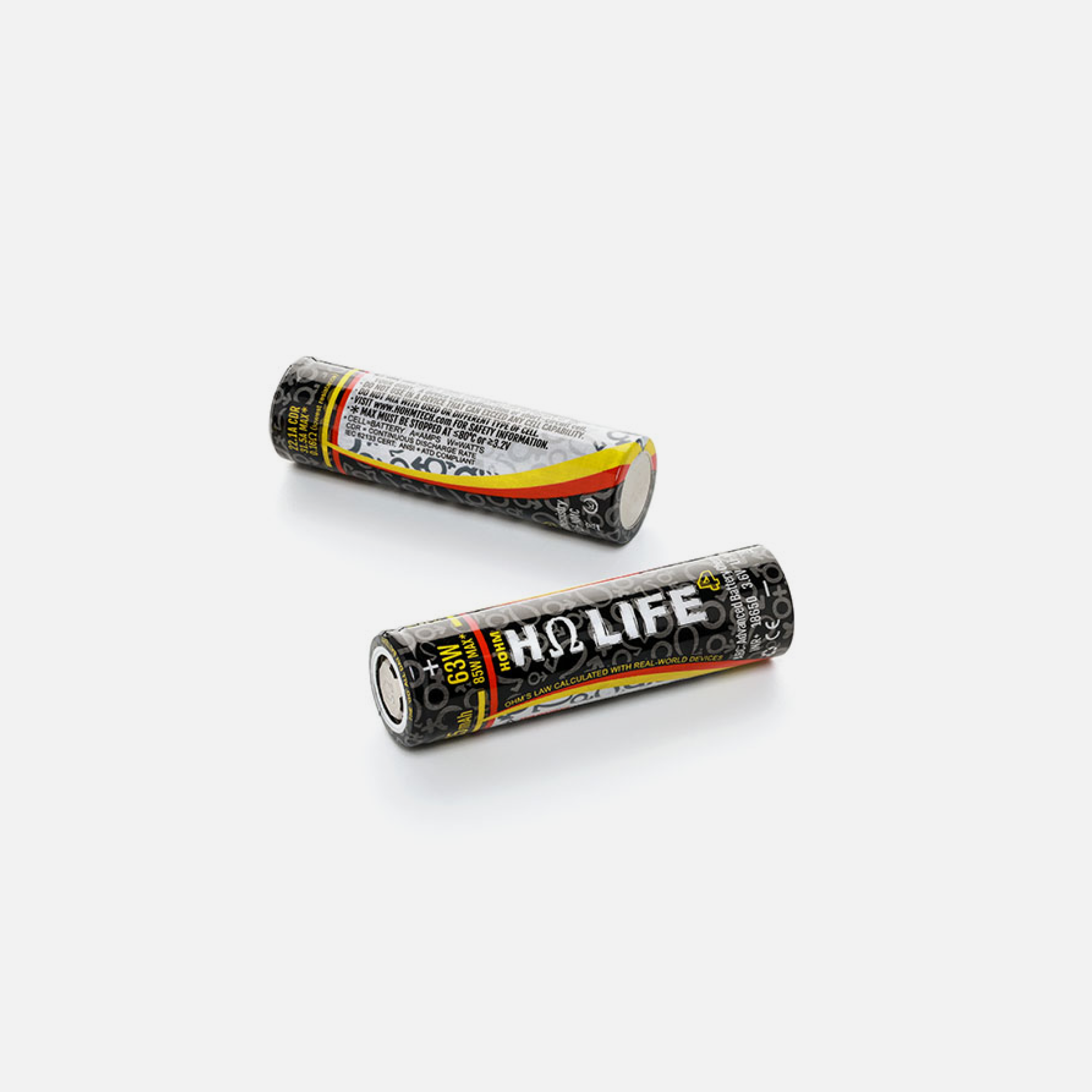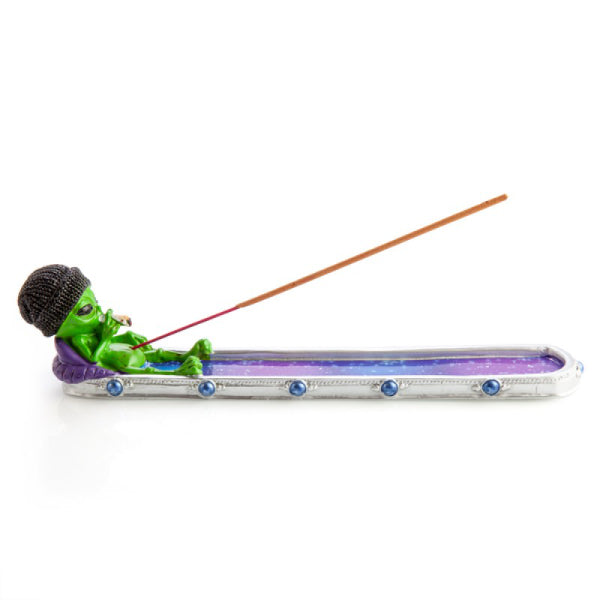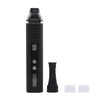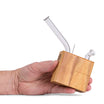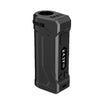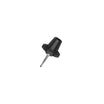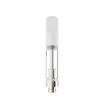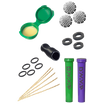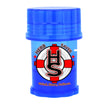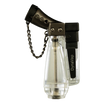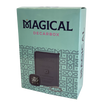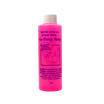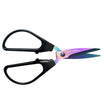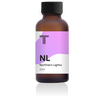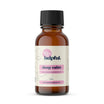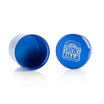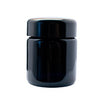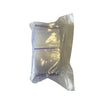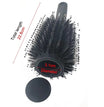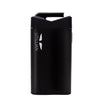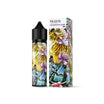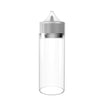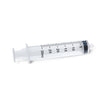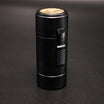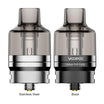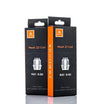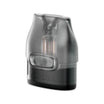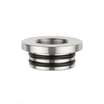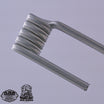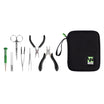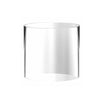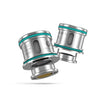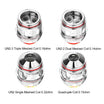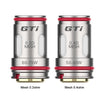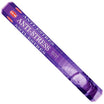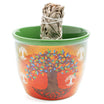Cannabis has an interesting and colorful history. The medicinal properties of its plant were discovered thousands of years ago in western China or central Asia. Long ago, in 2800 BC, it was used for treating many medical conditions and listed in Emperor Shen Nung’s pharmacopoeia. Emperor Shen Nung is recognized as the father of Chinese medicine. There are also mentions of Cannabis’ therapeutic benefits in the texts of Romans, Greeks, Indian Hindus, and Assyrians. They report its use for treating health concerns like inflammation, asthma, lack of appetite, pain, depression, amenorrhea, and arthritis.
The Cannabis Plant - A Brief Introduction
Cannabis is a plant of the Cannabaceae family. Medicinal cannabis focuses on using the cannabis plant for treating an evolving list of health conditions, including multiple sclerosis, neuropathic pain, and epilepsy. The plant has uses as a recreational drug and is also used as hemp fiber to prepare food, biofuel, clothing, and paper.
The cannabis plant consists of over 400 molecules, of which 100 of these are known as cannabinoids. There are several other chemicals as well, including omega-3 and -6 fatty acids, flavonoids, and terpenoids.
Cannabis-based products are extracted from the seeds, stems, leaves, and dried flowering tops of the Cannabis sativa (hemp) plant.
Cannabis Plant Life Cycle
Cannabis is a dioecious flowering plant. It takes one year to germinate from seed, grow to its sexual maturity, reproduce, and die. The flowers are unisexual, which means there are distinct plants for males and females.
The various stages in the cannabis plant life cycle include germination, seedling, vegetation, flowering, and harvesting. The duration for each stage differs based on the environmental and nutritional needs and the individual methods growing, harvesting, and curing techniques.
What are CBD and THC?
There are at least 120 active ingredients or cannabinoids in cannabis, of which the most abundant ones are delta-9-tetrahydrocannabinol (THC) and cannabidiol (CBD).
Some cannabinoids can have psychoactive and euphoric effects, while THC has both.
CBD is available in different forms:
- oil for application to the skin
- capsules as supplements
- gummy candies
Ways to Use Cannabis
There are different ways to use cannabis, and its effect varies as per the method of use.
Smoking or inhaling
If you smoke or inhale cannabis, you can feel a sense of elation within minutes and reach the peak after 10 to 30 minutes. The feeling lasts for around 2 hours.
Ingesting
The effects are felt within one hour if you consume cannabis orally. The sensations are at their peak after 2.5 hours to 3.5 hours.
Topical
If you use transdermal patches, the ingredients enter the body over a long period. This constant infusion is beneficial for people using cannabis for treating inflammation and pain.
How do Cannabinoids work?
Cannabinoids are naturally produced by the human body through the endocannabinoid system. CBDs function like neurotransmitters. They send messages and signals throughout the nervous system. These neurotransmitters have an impact on brain areas responsible for movement, memory, concentration, thinking, sensory and time perception, pleasure, and coordination.
The receptors reacting to these cannabinoids also respond to THC and other cannabinoids. Therefore, external cannabinoids can alter and disrupt normal brain function.
THC affects areas of the brain that play a role in attention and memory, reaction time, coordination, posture, and balance.
Since cannabis produces these benefits in the body, a person must not drive a car, engage in risky physical activities, or operate heavy machinery after its consumption.
Benefits of Cannabis
CBD has been linked to medicinal purposes with many promising results. Here are five ways CBD benefits health.
CBD lowers the resting blood pressure and the blood pressure after stress tests. These tests include isometric exercise, cold pressor tests, and mental arithmetic.
According to studies, CBD can reduce inflammation and related neuropathic pain.
The most popular affliction for which CBD is used is anxiety. CBD is beneficial in the treatment of social anxiety disorder, panic disorder, generalized anxiety disorder, post-traumatic stress disorder, and obsessive-compulsive disorder.
CBD helps in alleviating the effects of chemotherapy. The plant chemical has many anti-cancer effects that can prevent different cancers, treat tumours, and improve the immune system.
CBD and other non-psychoactive cannabinoids can help prevent and treat gastrointestinal disorders. These include Crohn’s, irritable bowel syndrome, ulcerative colitis, inflammatory bowel disease, and more.
Special Precautions and Warnings
If you’re taking cannabis by mouth, its consumption in large amounts or long-term can be possibly unsafe. Edible cannabis with more than 50 mg of THC has been associated with severe side effects. Its regular consumption can lead to cannabinoid hyperemesis syndrome (CHS), which has been known to cause severe vomiting and nausea that is difficult to treat with regular anti-nausea drugs. Moreover, if you consume cannabis for 1 to 2 weeks, it can result in dependency.
Similar to oral consumption, it is possibly unsafe to inhale cannabis in large amounts or long-term. Vaping or smoking cannabis can lead to breathing problems. In severe cases, vaping products with THC have caused severe lung injury. Smoking cannabis regularly can also result in CHS or dependency.
It is not safe to use cannabis during pregnancy. Cannabis passes through the placenta. Thus, it can increase the risk of abnormalities, childhood leukaemia, stillbirth, premature birth, and the need for intensive care after birth. It can also slow down fetus growth. Moreover, pregnant women can be at risk of high blood pressure and anaemia.
If you are breastfeeding, it is not safe to take cannabis. Cannabis chemicals pass into breast milk and remain there for over six weeks, even if you are not using cannabis any longer. These chemicals slow down the baby’s development. Therefore, do not consume any cannabis if you have to breastfeed.
Takeaway
Cannabis is composed of chemicals that can affect the human body in different ways. It is a popular recreational drug with medicinal benefits. Before you start consuming cannabis for any of its effects, remember to check its legal status in your state. Moreover, keep in mind its possible effects on physical and mental health. You can consume cannabis in various forms, such as dry herbs, oils, liquids, and concentrates.
Disclaimer:
The information, including but not limited to, text, graphics, images and other material contained on this website and the above article are for informational purposes only. No material on this site is intended to be a substitute for professional medical advice, diagnosis or treatment. Always seek the advice of your physician or other qualified healthcare provider with any questions you may have regarding a medical condition or treatment and before undertaking a new health care regimen, and never disregard professional medical advice or delay in seeking it because of something you have read on this website.
The Vape Joint also does NOT engage in the supply of cannabis in any shape or form. The above article is purely for the purpose of consumer knowledge and understanding. For all queries regarding medical cannabis, please contact your local GP or health authority directly.

